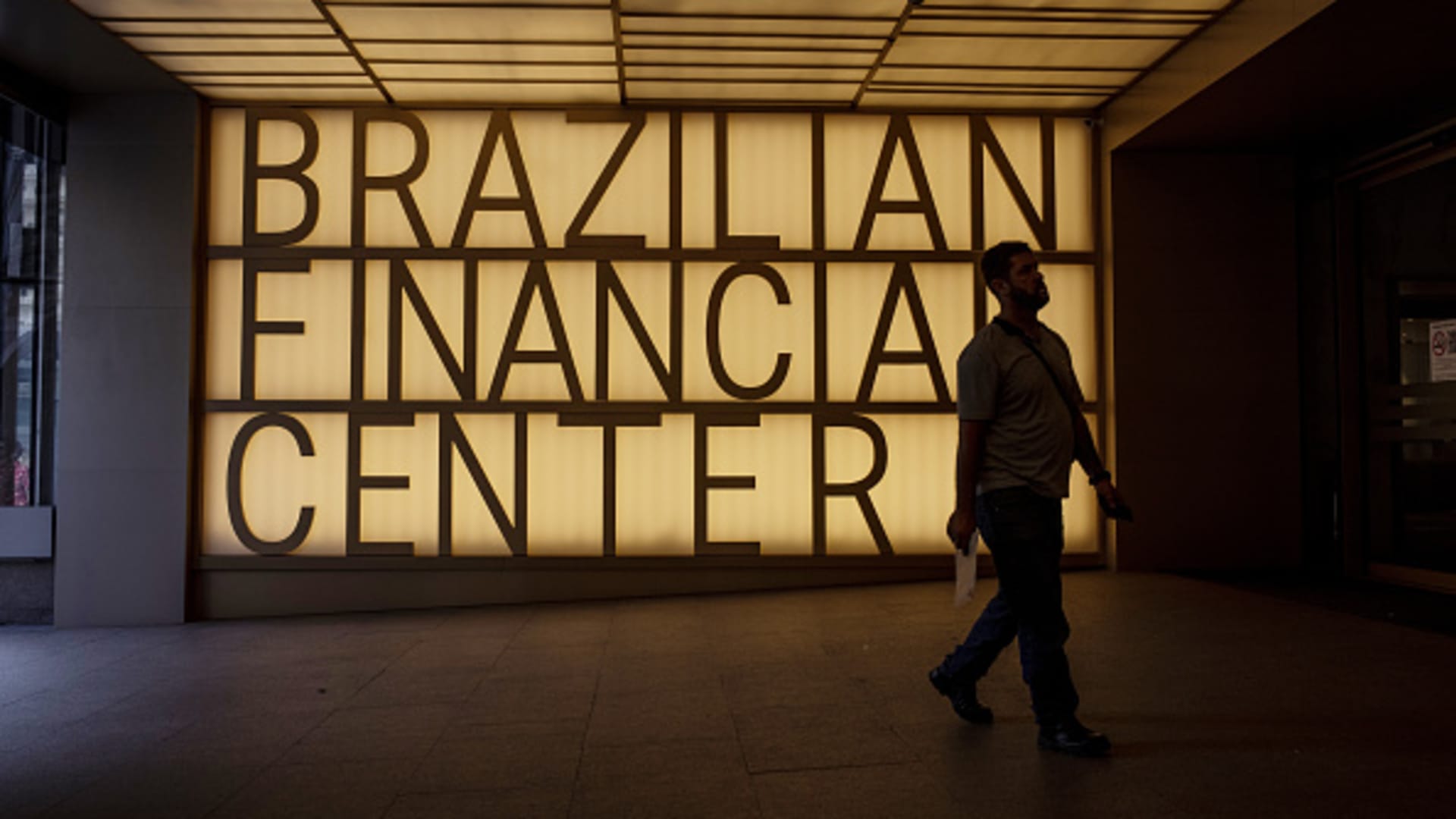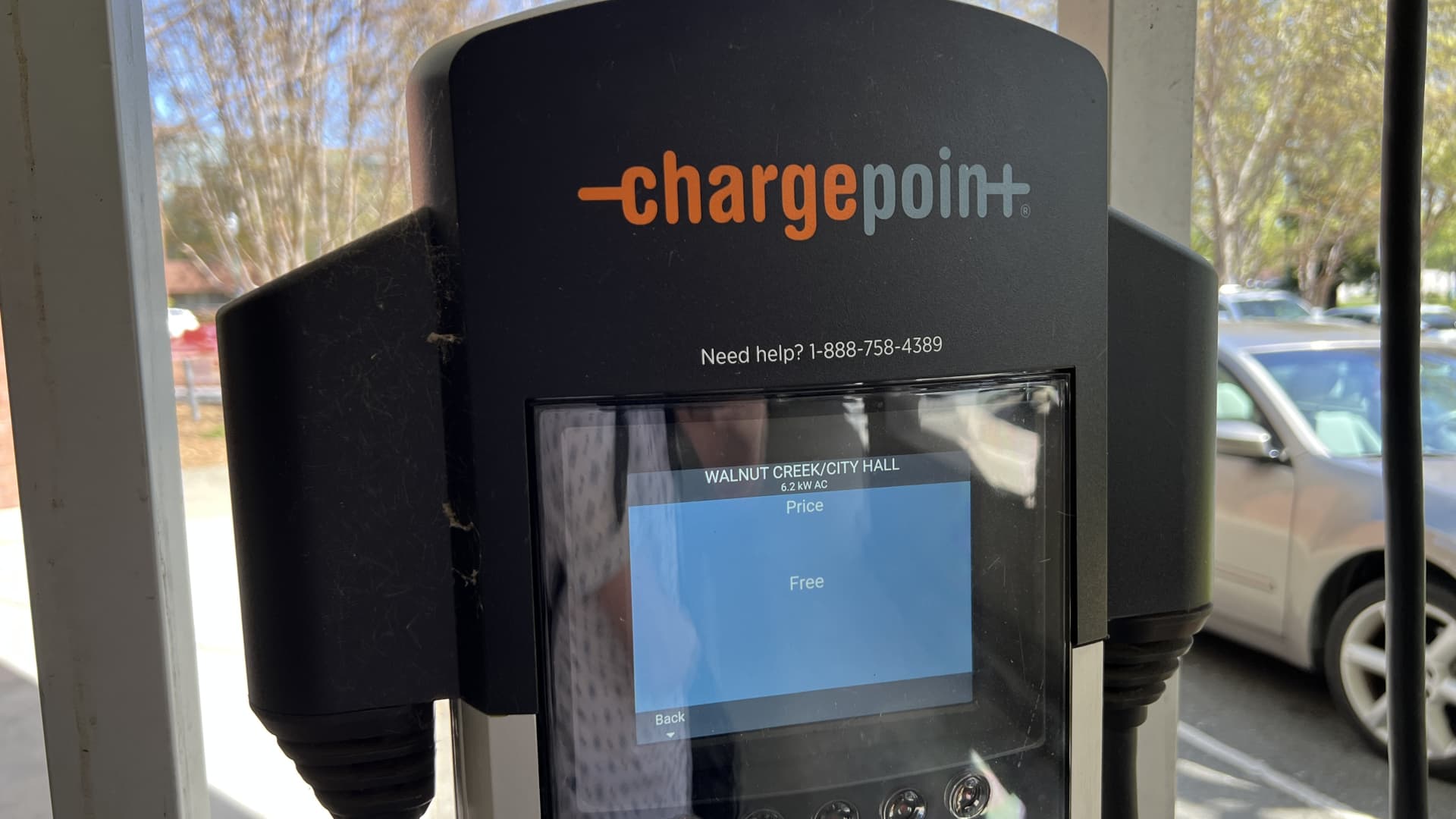US Markets
Friday, September 1st, 2023 8:38 am EDT

There has been quite a bit of coverage of the emergence of a new economic bloc called, “The BRICs.”
Originally an investment acronym created by a Goldman Sachs investment strategist to describe the opportunities in Brazil, Russia, India and China, the group is now attempting to become an actual economic partnership aimed largely at weakening U.S. economic influence and dollar dominance around the world.
In 2024, the BRICs are adding Saudi Arabia, Iran, Ethiopia, Egypt, Argentina and the UAE to the cohort.
To paraphrase a line from the movie, “Jaws,” “They’re gonna need a bigger moat” if they want to cleave themselves from American influence.
Charles Schwab’s chief investment strategist, Liz Ann Sonders, says the expanded group will account for about 46% of the world’s population and 29% of the world’s GDP. Her colleague, Jeff Kleintop, who is Schwab’s chief global investment strategist, argues that the group’s population and GDP size are “impressive but meaningless.”
At the core of their seemingly public disagreement may well illustrate why the BRICS may look sturdy when in reality it’s just a façade.
Among the 2024 members, some have large populations, and some have multi-trillion-dollar economies.
But they are wildly divergent when it comes to impact, import, military capabilities, to say nothing of wildly incompatible economic and military philosophies.
There has been some handwringing over the creation of a BRIC currency basket, possibly backed by gold, or a basket of commodities, that would challenge the dollar on the global trade front.
I’m not losing sleep over a basket of currencies when, among them, there’s not one that would be attractive to own independently.
The Russian ruble is worth less than a penny.
The Chinese yuan is historically quite weak and not convertible.
I’m not certain I’m all that interested in holding the Brazilian Real, the Iranian Rial, the Ethiopian Birr or the Argentine Peso, either.
I can’t imagine the developed world rushing to do any more business with this group than is already done. Everyone is enamored of the acronym; few are enamored of the members that comprise the group.
In currency terms alone, studies by the U.S. Federal Reserve, the International Monetary Fund and the Bank for International Settlements show the following as of 2022, as reported by Reuters:
“The dollar was on one side of 88% of all foreign exchange trades in April last year. The Fed estimates that between 1999 and 2019 the dollar accounted for 96% of trade invoicing in the Americas, 74% in the Asia-Pacific region, and 79% in the rest of the world.
“Banks used the greenback for around 60% of all international deposits and loans.
“Proponents of regime change (‘de-dollarization’) point to the steady fall in the dollar’s share of central banks’ foreign exchange reserves. That stood at around 59% in 2022, down from over 70% in 1999.”
But, despite even that singular decline, there is simply no other currency, or basket of currencies, as yet that comes anywhere close to the dollar’s dominance.
The group itself is composed of more than one country that has managed to become an international pariah. Count Russia and Iran among them, while Argentina is an economic basket case whose currency, like Russia’s, makes the cash basket suspect from the very start.
As it is, the Western world is backing away from China, isolating Russia, avoiding Argentina and lessening its dependence on Middle Eastern countries, including Saudi Arabia and the UAE, when it comes to their single most important exports — oil and gas.
Indeed, this year, U.S. oil production has topped 12.8 million barrels per day, a record, and is well on its way to producing 13 million bpd in 2024, while also remaining the world’s largest producer of natural gas, a title the U.S. has held since 2017.
The Western world, particularly the U.S., is rapidly rebuilding its manufacturing base, investing in infrastructure (at long last) and spending mightily on a massive energy transition toward greener and cleaner fuels.
The BRIC coalition, such as it is, reminds me of the global equivalent of struggling, flailing or dying companies merging into one colossal entity whose heft and size would make for a more competitive enterprise.
I’ve never seen that work — ever. They just get bigger and badder.
The attempt to market the original BRICs as a global investment play, first proposed by Goldman Sachs’ Jim O’Neill in 2001, has been, in my humble opinion, an abject failure, although Brazil’s Bovespa has performed considerably better than most.
The U.S. markets have outperformed much of the developed, and developing, world since then, despite the bursting of the internet bubble, 9/11, major corporate scandals, the Great Financial Crisis and a global pandemic.
The U.S. economy remains the largest in the world and today is growing faster and with less inflation than any member of the G-7 industrialized nations. I’d keep my money at home.
It’s where the heart is and where the hard currency is, as well.
—CNBC contributor Ron Insana is co-CEO of Contrast Capital Partners.
This post has been syndicated from a third-party source. View the original article here.




